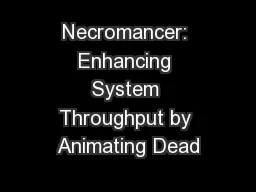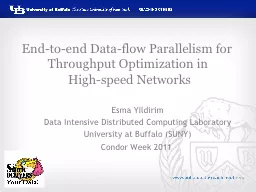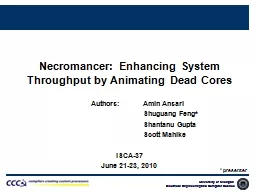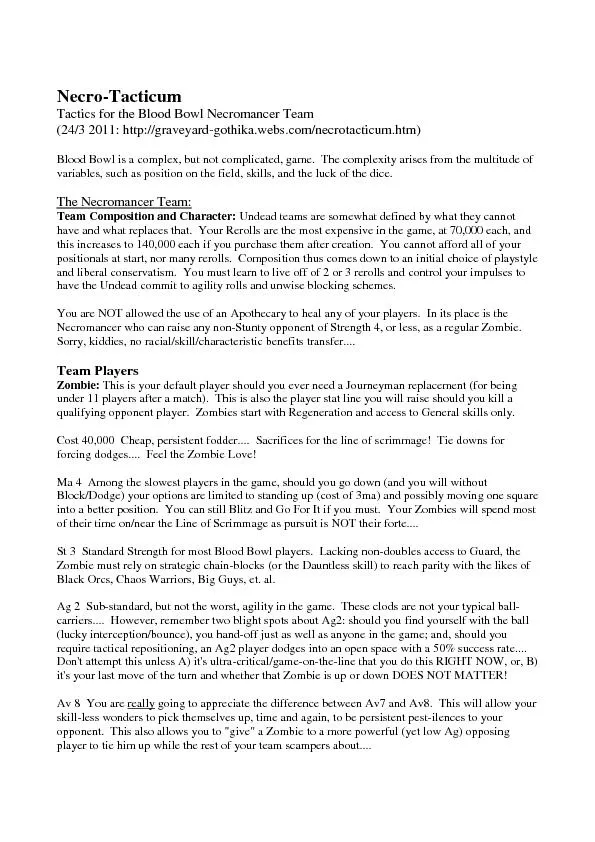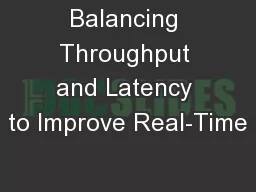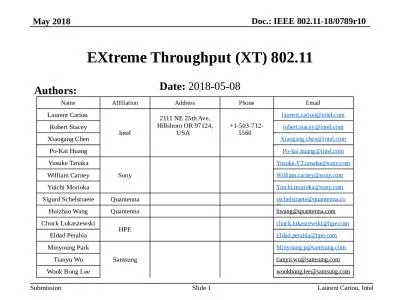PPT-Necromancer: Enhancing System Throughput by Animating Dead
Author : lois-ondreau | Published Date : 2017-08-19
Authors Amin Ansari Shuguang Feng Shantanu Gupta Scott Mahlke ISCA37 June 2123 2010 presenter Hardfaults Intrinsic silicon defects Extrinsic
Presentation Embed Code
Download Presentation
Download Presentation The PPT/PDF document "Necromancer: Enhancing System Throughput..." is the property of its rightful owner. Permission is granted to download and print the materials on this website for personal, non-commercial use only, and to display it on your personal computer provided you do not modify the materials and that you retain all copyright notices contained in the materials. By downloading content from our website, you accept the terms of this agreement.
Necromancer: Enhancing System Throughput by Animating Dead: Transcript
Download Rules Of Document
"Necromancer: Enhancing System Throughput by Animating Dead"The content belongs to its owner. You may download and print it for personal use, without modification, and keep all copyright notices. By downloading, you agree to these terms.
Related Documents

